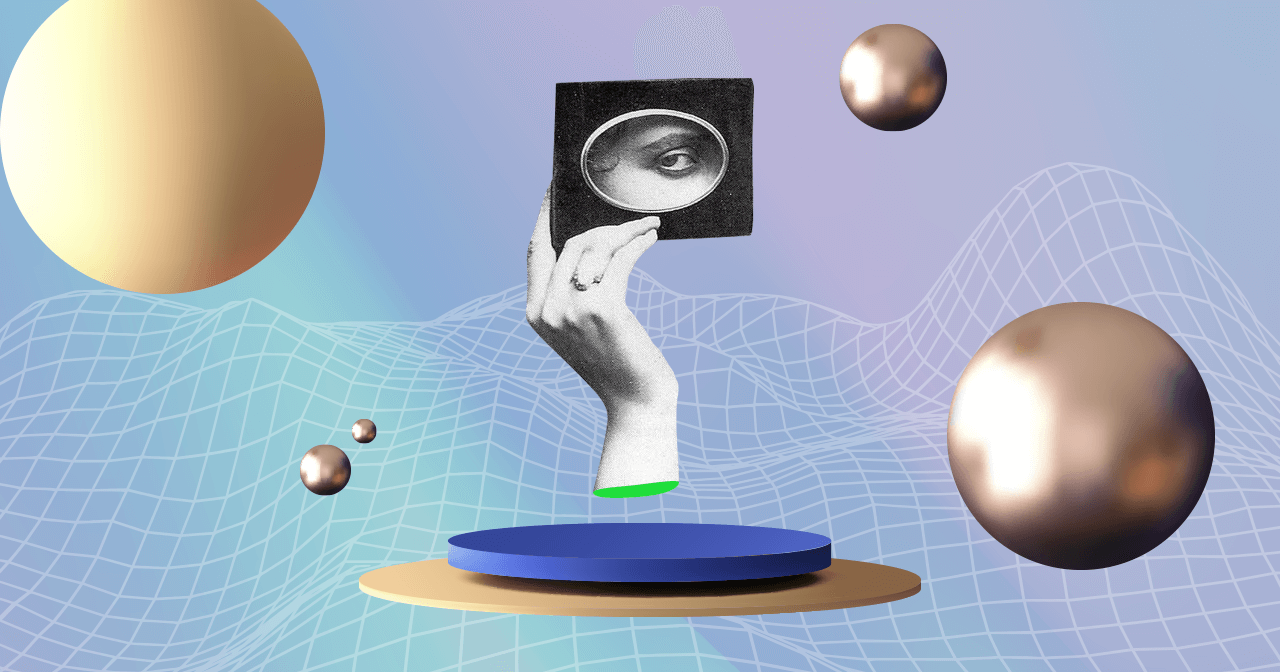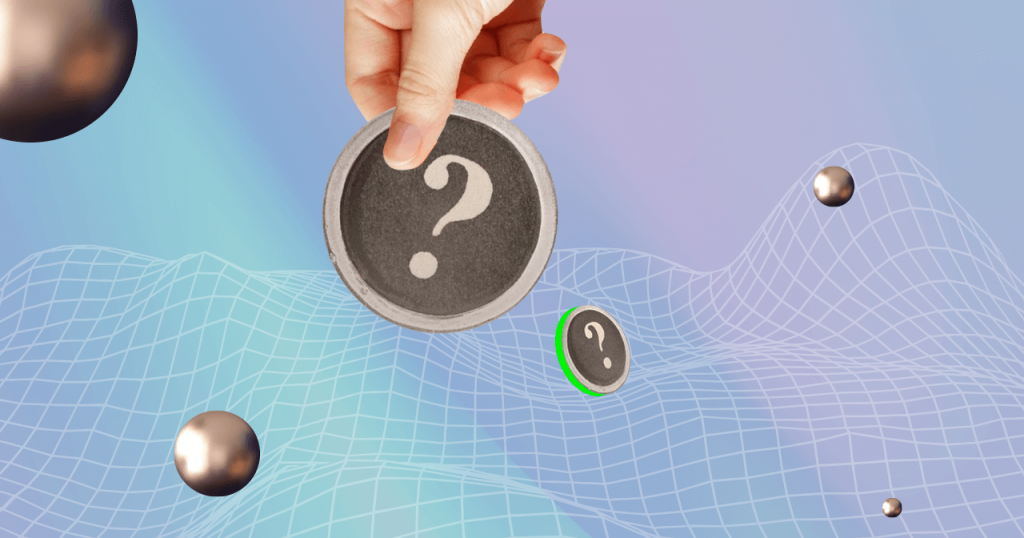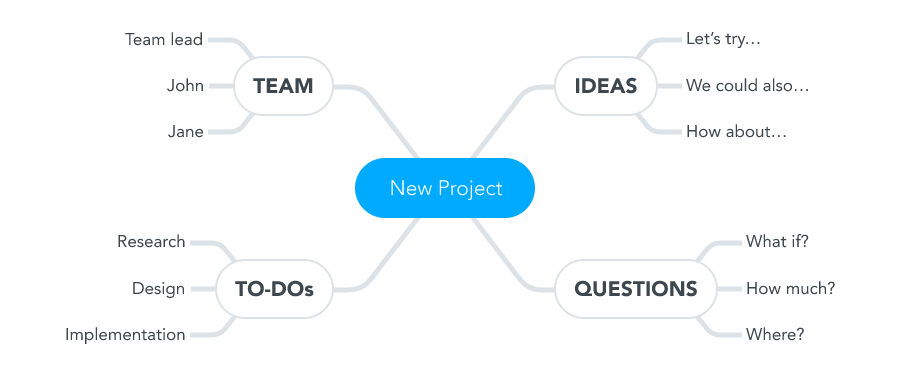The body of the catfish is almost completely covered with taste buds: this is necessary to navigate in river backwaters and to feel other fish. The scorpion has tactile receptors on the tips of its paws to determine the location of prey by the microvibrations of the earth. Human ancestors for thousands of years relied on sight - and now it provides most of the signals received from the outside world. A clear visual image is important for us: since ancient times, it helps us understand what we have in front of us - a threat or food, a person of the opposite sex or a cheetah hiding in the thickets.

Technological progress interferes with visual thinking
By inventing something new, a person complicates the world. The load on perception is also growing. The transmission of messages is improving - for the sake of details, cave paintings evolve into writing. The volume of information is increasing, and access to it becomes easier: scrolls and manuscripts, available to only a few, are being replaced by typography, and the Internet is coming to replace it. And to be successful in your business, you need to be able to work with ever larger amounts of data.
It seems that it is easier and faster to convey information in text, but we still need visual support, because we still have a lot of ancient hunters and gatherers. Therefore, knowledge about how the human brain perceives and processes images is so important for creating a favorable environment for receiving, consuming and understanding information. There are several techniques to help the brain visualize.
Gather information by asking questions

To prepare for a difficult task, you need to get as much information about it as possible. To do this, it is worth asking yourself six categories of questions and answering them in writing.
You can learn more and understand something better by asking yourself questions. They can be divided into six categories:
- Definition of objects, problems and their characteristics.
Questions: Who? What? Which one?
- What makes one different from the other?
- What is there and what is not?
- What is important and what is not?
- What should be the result and what prevents to achieve it?
- What happens when a rule is not followed?
For example, when we find ourselves in a new situation, we try to understand what people, tools and opportunities we have and what exactly we want to achieve. - Collecting quantitative data or parameters.
Questions: How much? How much?
- ?
- ?
- ?
, . , . , , . - , , -.
: ? ? ?
- ?
- ? ?
- , ?
- ?
, , , ? . , , . - , .
: ? ?
- , , ?
- ?
- , ?
- , ?
, . , . - , .
: ? ?
- ? ?
- ?
- ?
- ?
- , , ?
, . , , - — , . , , . - , .
: ? ? ?
- ? ?
- , - ?
- ? ?
- ? ?
- ?
We come to an understanding of the system, the task before us, or the vision of the big picture. Having learned the causes and effects, it is time to answer the question "why?" If you manage to answer it by collecting a lot of evidence "how?", You can consider a significant part of your problem solved.
Group information by putting together a mind diagram
The next step is to combine the information received. The most convenient method for this is a mind map or mind map.
This is a graphical display of a topic using radial branches. Similarly, thoughts develop in our consciousness. And neurons in the brain are also connected to each other. There is a main central image, and images of the second order branch out from it in different directions. From them, according to the same principle, the next ones, and so on.

An example of a mind map from the site of the popular online tool MindMeister .
Diagrams help you collect and organize information, as well as see the big picture, connections, structure and hierarchy of what you are researching. The method was used as early as the 3rd century, and the British psychologist Anthony Buzan clearly formulated the rules and popularized it.
The basic rules for drawing up link diagrams are as follows:
- Define the subject of study clearly and depict it in the center;
- Separate thick branches from it - these are the key topics;
- The main branches, in turn, are divided into small branches of the second and third levels - subtopics;
- On each branch, write briefly its essence and draw a visual image;
- Write questions on new branches as they are added;
- , , , , .
, :
- : (, ), , -;
- — : , , — ;
- : , , , . .
,

As we have already found out, a clear visual image is needed for the brain to correctly and quickly perceive information. It's time to give such images to everything that we have developed in the previous steps. Let's make sketches.
A sketch is a simple sketch. It does not require drawing skills. Become children for a while: they freely indulge in drawing, without evaluating the quality. It is enough to know that any object can be drawn using visual primitives: circles, squares, triangles, lines and points. For example, take something from the surrounding world and try to first decompose into these shapes, and then draw using them.
With experience, you may find that certain objects and ideas are repeated much more often than others. This is how your own library of images will gradually develop.
To increase memorability, draw exactly what resonates with you emotionally. When drawing, describe your attitude to the object or idea, express your own opinion, comment, pronounce what you agree with and vice versa. This will help you remember what you were thinking.
Pass information through your own imagination. Use funny, weird, ridiculous, absurd metaphors. This will speed up remembering when enough time has passed. Searching for pictures on the Internet will help to find metaphors.
For each of the six categories of questions that we talked about at the beginning, their images are suitable:
- “Who, what”: a portrait of an object, its details or projection;
- "How many": bar chart for absolute values, sector - for relative values;
- "Where, where": topographic map, Euler-Venn diagram , assembly diagram;
- When: timeline, life cycle, swim lanes, comics;
- "How": block diagram;
- "Why, why": a portrait-metaphor.
Rethink with a fresh eye
The last step remains. The diagram of connections is already ready, each child idea is briefly described, and an image is drawn for it. Take a look at the big picture. Perhaps one of the ideas will interest you more than the others or will prompt further reflection. Some detail may seem incomplete - this is a reason to complete it. Repetitions may occur - this will show that the topic is a little more complicated, confusing and more interesting than it seemed at the beginning. All this helps to rethink the topic and reach a new level of understanding, develops attentiveness and awareness.
Show your drawing to other people - friends, family, work colleagues. They can express their thoughts, which will prompt further search and reflection. Hand-drawn illustrations are attractive and collaborative. Invite someone to do a collaborative study in the form of mind diagrams with sketches.
Practice is key
And now - the most important thing. You need to develop enough practice for the skill to take hold and become automatic. The first step is to start using the tricks now. Choose a topic that is relevant or interesting to you and apply all the methods described here. You can take this article itself as a topic. It's important not to be afraid of mistakes and just practice.
Practice in any activity: generating ideas, gathering material in research, planning goals, explaining ideas and processes, describing experiences from travel, films and books. We share more
tips on how to develop your mindset in the More Than Data channel .